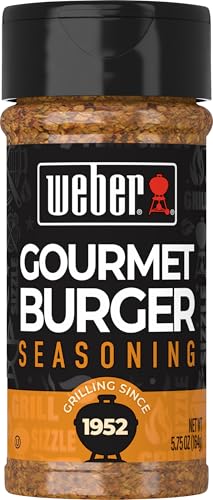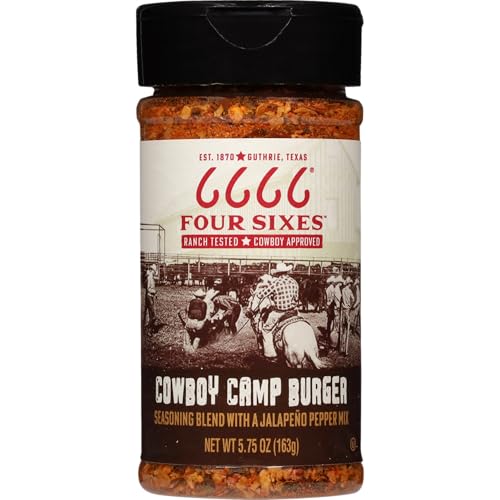Key Takeaways
- Burgers as Symbols: In classic movies, burgers represent more than just food; they symbolize friendship, love, and rebellion, weaving deeper narratives within the story.
- Cultural Reflections: Iconic burger scenes highlight cultural nuances and personal relationships, offering insight into characters’ identities and backgrounds, as seen in films like Pulp Fiction and The Breakfast Club.
- Community and Connection: Sharing a burger often fosters dialogues and connections among characters, emphasizing the importance of community and bonding over meals.
- Impact on Film and Culture: Iconic burger moments not only contribute to plot development but also influence popular culture, inspiring food trends and enhancing the culinary experience beyond the screen.
- Visual Appeal: The art of food presentation in film elevates burgers to an aesthetic focal point, captivating audiences and enhancing their enjoyment of both the film and the food.
There’s something magical about burgers in movies. They often serve as more than just a meal; they become symbols of friendship, love, or even rebellion. From the sizzling sounds of patties grilling to the mouthwatering visuals of a perfectly stacked burger, these iconic scenes stick with us long after the credits roll.
As I revisit some of my favorite classic films, I can’t help but smile at those unforgettable burger moments. Whether it’s a character bonding over a late-night snack or a dramatic scene unfolding at a diner, these moments capture the essence of life’s simple pleasures. Join me as we dive into the world of burgers on the big screen and explore why they’ve become such a beloved part of cinematic history.
Overview of Iconic Burger Scenes
Iconic burger scenes in classic movies capture more than just the joy of eating. They symbolize connections, ambitions, and, at times, a touch of rebellion. Scenes featuring burgers showcase relatable moments, bringing characters together over a shared love for this delicious food.
One memorable scene appears in Pulp Fiction, where Jules and Vincent discuss their burger preferences, highlighting cultural differences with the infamous Quarter Pounder with Cheese. The dialogue mixes humor and philosophy, using a simple burger as a vehicle for deeper conversations.
Similarly, in The Breakfast Club, the group bonds over burgers during their detention. The act of sharing food becomes a backdrop for revealing personal stories, forming friendships amid the chaos of adolescence.
Other films, like When Harry Met Sally, incorporate burgers in romantic or comedic contexts. The iconic diner scene showcases how burgers can frame pivotal moments in relationships, amplifying the emotional resonance of a seemingly simple meal.
These scenes contribute to a broader appreciation for burgers in film. The way movies frame these moments elevates the burger from mere food to a cultural symbol, woven into the fabric of the stories we cherish. Through these cinematic experiences, viewers find connections to their own lives and the joy of sharing a meal with loved ones.
Cultural Significance of Burgers in Cinema
Burgers in films capture more than just appetites; they reflect relationships, cultural nuances, and personal journeys. The magic of an iconic burger scene often highlights themes of community and connection.
The Allure of the Burger
Burgers attract us with their enticing flavors and versatility. In movies, they serve as a backdrop to essential character moments. Whether it’s a heartfelt conversation or a moment of rebellion, the burger often symbolizes what we crave—not just for food but for connection and belonging. When characters share a burger, it transforms a simple meal into a moment of camaraderie that resonates with viewers.
Symbolism in Movies
Burgers symbolize various themes in cinema, from love and friendship to personal growth and defiance. In Pulp Fiction, burger discussions spark humorous but insightful exchanges, showcasing cultural differences among characters. In The Breakfast Club, sharing burgers fosters deeper bonds, allowing characters to reveal their vulnerabilities and experiences. Similarly, films like When Harry Met Sally frame burgers within romantic narratives, linking food to pivotal moments in relationships. These scenes elevate burgers from mere fast food to rich cultural symbols that viewers connect with, highlighting life’s most important moments over simple meals.
Notable Films Featuring Burger Scenes
Some films elevate burgers beyond food, turning them into vital elements of character development and storytelling. Here are a few notable films showcasing iconic burger moments.
Pulp Fiction
In Pulp Fiction, the famous discussion about a “Quarter Pounder with Cheese” highlights cultural differences and preferences. It’s a clever blend of humor and philosophy that reveals more about the characters than just their taste in burgers. This scene goes beyond food talk; it showcases the characters’ identities and backgrounds, making every bite in the film feel significant.
The Breakfast Club
The Breakfast Club presents a powerful burger moment when characters bond over their shared meals in detention. As they eat, the burgers transform into a catalyst for conversation, unveiling personal stories and establishing friendships. This scene perfectly captures how food, especially burgers, can create connections and foster understanding among diverse individuals.
Good Burger
Good Burger takes a lighthearted approach to the world of burgers. This film centers around a fast-food joint and features comedic antics around burger-making. The quirky characters and their dedication to crafting the perfect burger highlight the joy and silliness of cooking. It’s a celebration of creativity and fun in the kitchen, reminding us that making burgers can be both delicious and entertaining.
Analysis of Memorable Burger Moments
Burger moments in film create lasting impressions, portraying deeper themes through the simple act of sharing a meal. These essential scenes resonate with viewers, transforming iconic burgers into symbols of connection and personality.
The Art of Food Presentation
Food presentation elevates the dining experience, especially in film. Cinematic burger scenes often showcase attention to detail, with each component displayed beautifully. Picture the thick, juicy patties topped with melted cheese, crisp lettuce, and vibrant tomatoes. The visual appeal draws audiences in and makes the burgers irresistible. This emphasis on aesthetics fuels my passion for creating burgers that not only taste amazing but look enticing as well. I often experiment with colorful ingredients, ensuring each burger is a feast for the eyes as well as the palate.
Impact on Popular Culture
Burger scenes influence popular culture, inspiring food trends and culinary enthusiasts. Films like Pulp Fiction and The Breakfast Club feature burgers as central elements, cementing their status in American culture. These moments spark conversations and even create double takes at local burger joints. When I worked in my burger restaurant, I noticed customers often referenced these memorable scenes when ordering favorite items. They were eager to recreate that cinematic experience, which fueled my desire to innovate. I love crafting unique burgers that evoke nostalgia while introducing new flavors and styles, continuing the legacy of burgers in pop culture.
Conclusion
Burgers in movies are so much more than just food; they embody moments that resonate with us on many levels. Whether it’s the laughter shared among friends or the sparks of romance ignited over a meal, these scenes remind me of the connections we create through simple acts of sharing.
Every iconic burger moment I’ve explored serves as a testament to how food can bridge gaps and build relationships. It’s fascinating how a humble burger can encapsulate life’s joys and challenges, making us reflect on our own experiences.
So the next time you watch a classic film featuring a burger scene, take a moment to appreciate the deeper meanings behind it. You might just find yourself inspired to create your own delicious memories around the dinner table.





